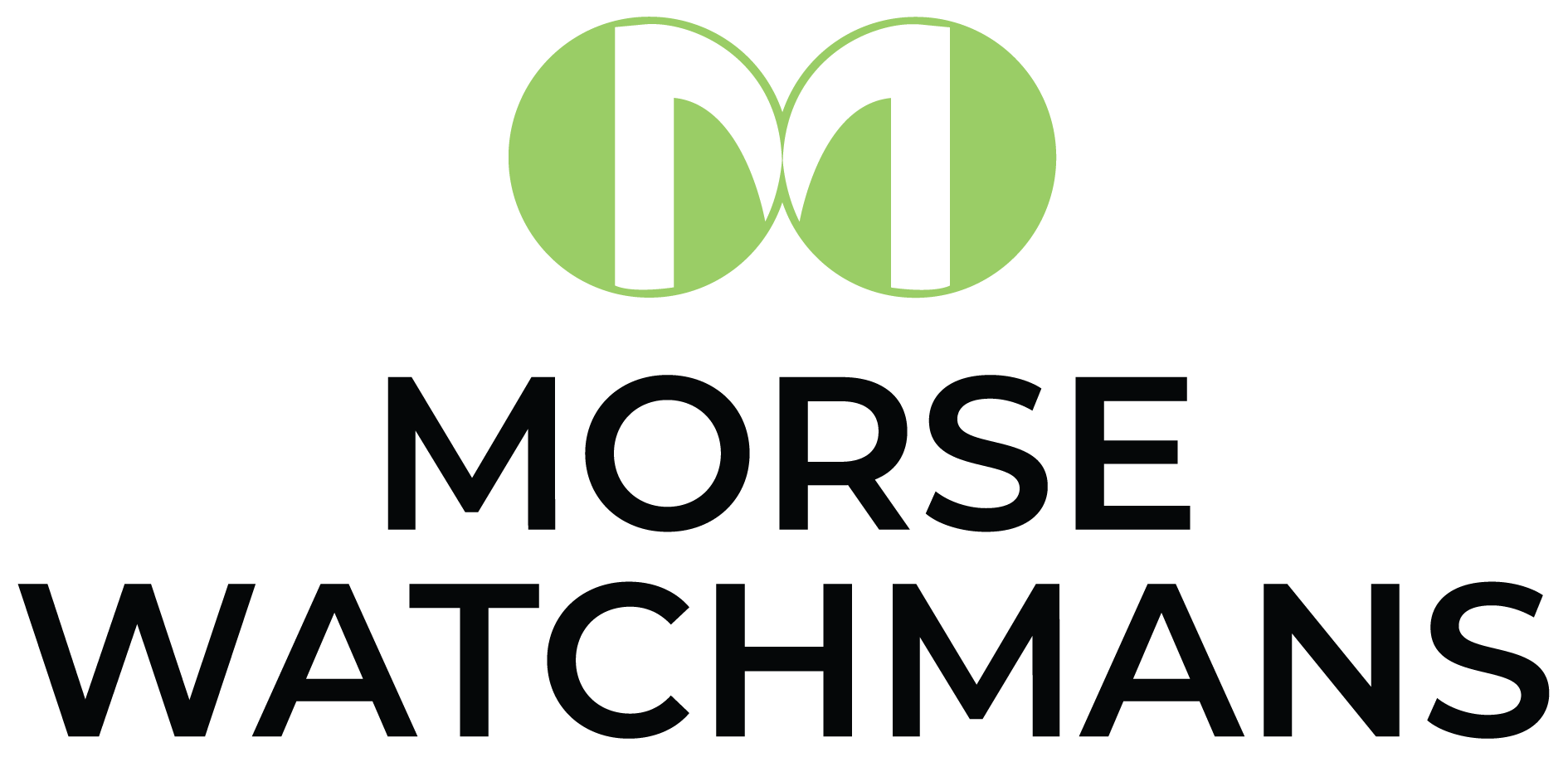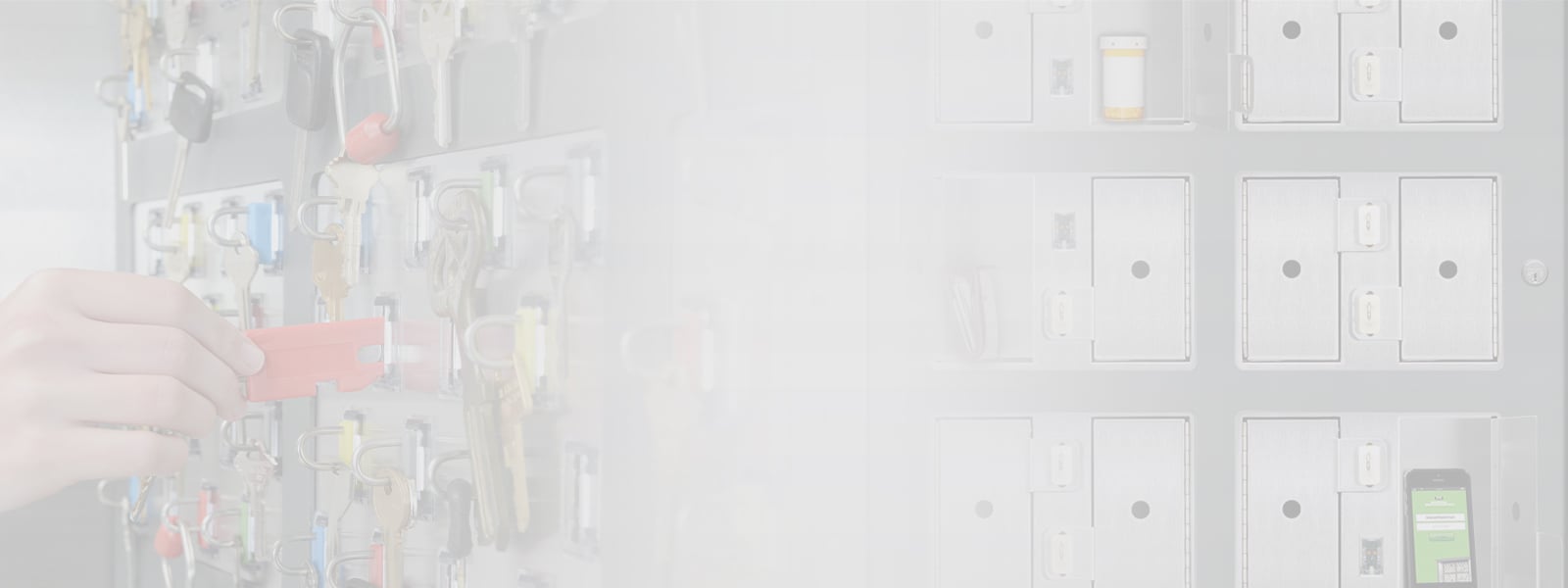In a recent posting, we offered some guidelines for help in selecting a key control system. Taking that train of thought further down the line, a key security system should be designed to ensure that asset protection goals are achieved. Best practices on the front end of the decision help to ensure you get the most from your system.
In no particular order, the three most important elements in designing a key control system are scalability, access and tracking. While other features such as ruggedness, modularity, interoperability, ergonomics and so on are also very important, if the first three are not addressed in the initial design of the system it could spell future problems in implementation and usage of the system.
Scalability refers to the capability for growth of the system. What may seem adequate today could well be insufficient storage if your needs change or your business grows. Having the ability to add on the exact components you need or change modules where and when you need helps protect your investment. Imagine having to rip and replace an entire key control system because you need a secure way to store lap top computers and your current system does not offer that capability. Or because you are not able to integrate the key security system with the new access control system that’s just been installed.
Access refers to how authorized individuals can gain admittance to the cabinet to retrieve or return a key. The most common design is a keypad, with biometric fingerprints and access cards becoming more common. Ease of use plays a big role in access and ultimately in a successful deployment. Illuminated key slots to locate keys; random return; messages and user prompt screen; and mounting options are just a few of the ways that accessibility and convenience can be taken into account when designing a key control system.
Tracking refers to the audit trail which indicates the time and date of every key accessed by every user in a given time parameter. Having fast and easy access to the information can save hours of time when there is an incident, or simply to get a snapshot of who is using which keys at what time. A better system will allow the user to set up priority policy-based email alerts to security management when the system is connected to the network.
Once these three issues – scalability, access and tracking – have been addressed, designing the system will more easily fall into place.



